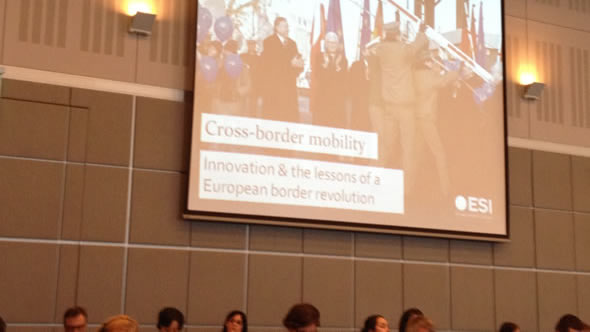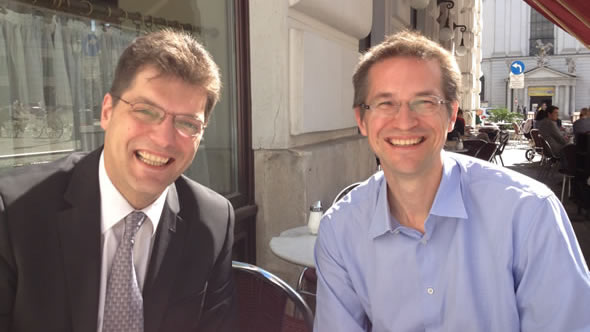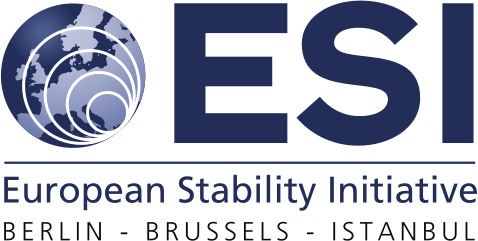Vienna – ESI on freedom of movement at OSCE's annual Supplementary Human Dimension Meeting
26 April 2013

Presentation in Vienna. Photo: ESI
ESI's Gerald Knaus was invited to introduce a session at the OSCE's annual Supplementary Human Dimension Meeting in Vienna.
In his introduction, Gerald spoke about three great changes to the regime governing freedom of movement in Europe in the past 20 years (1993 to 2013) – and about some of the remaining challenges to the vision of freedom of movement in "one Europe, whole and free". He made the following points:
- The rationale and logic behind the Schengen border revolution in Western Europe, and the implications for the rest of the continent in the next 10 years.
- Lessons and open questions related to the EU visa liberalisation approach, rolled out for Central Europe, then refined as applied to the Balkans, and now held out to the Eastern neighbours and Turkey.
- Policies, benefits and impact of easy entry policy by other large European countries towards their neighbours, focusing on Turkey's case in the past decade.
He then focused on some of the big policy questions of today and the near future:
- What threats exist to the future of the Schengen revolution, and how far can it go?
- What will it take for the EU to extend its visa liberalisation policies further east?
- How do visa liberalisation and the changes in the European border regime impact on other human rights issues, including the future of asylum?
- How can all those – in politics and civil society – best make the case for overcoming borders and barriers to freedom of movement at a moment like this?
On the side of the conference, Gerald met with ODIHR Director Ambassador Janez Lenarcic.

Ambassador Janez Lenarcic and Gerald Knaus. Photo: ESI
